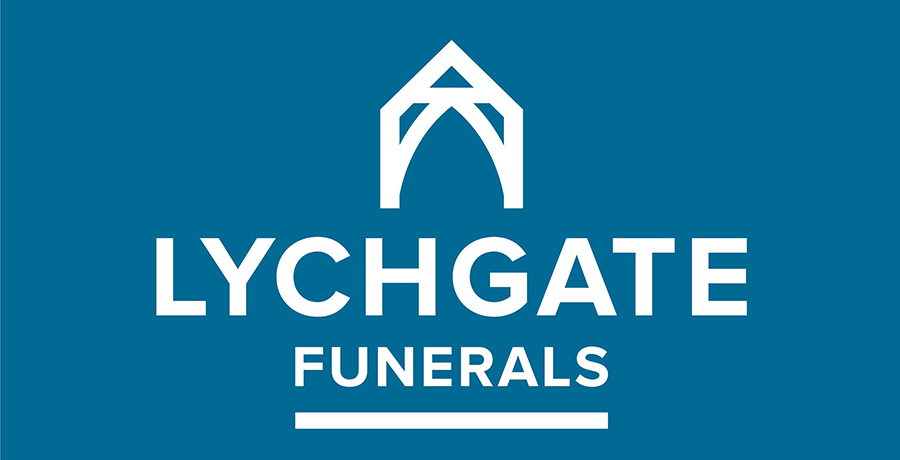
Introducing New Zealand Academy of Fine Arts
About
We are self-funding Incorporated Society dedicated to the visual arts. Since 1882, the New Zealand Academy of Fine Arts has occupied a unique position for the arts in New Zealand, and Wellington in particular. Throughout our illustrious history many of this country's finest artists have been a part of our Journey.
We aim to benefit the community of New Zealand through the promotion, creation, understanding and enjoyment of the visual arts. Regular exhibitions featuring new work from established and emerging artists throughout New Zealand are usually in Wellington.
Join us
Would you like to showcase your work, promote the fine arts and meet others who share your interests in the arts?
We invite you to join us today.
If you love the arts, this is one of the best ways you can support them.
- Open to all artists and art lovers
- Network with practising artists
- Be the first to see new exhibitions
- Submit your work and build profile
- Discounted entry fees
- Lower commission on sales
- Access to awards and prizes
- Regular digital and printed newsletters
- Promotion through our publicity
- Early notice of workshops and courses
- Member discounts from our sponsors
If you love the arts, this is one of the best ways you can support them.
Membership options
Practising artist or ordinary member: $95
Senior membership (65+): $75
Student (conditions apply): $35
Or become a Friend of the Academy
Friend of the Academy: $50
Friends are not Members of the NZAFA.
For more information click here
To apply to join, please click here
To download a Volunteer form, please click here.
Council members
PRESIDENT: Wayne Newman FRNSNZ
VICE-PRESIDENT: Martin Jenkins
VICE-PRESIDENT: Libby Kemp
COUNCILLOR: John Dow
COUNCILLOR: Fraser Carson
COUNCILLOR: Lisa King
History
Provincial arts societies were introduced in Auckland, Otago and Canterbury during the 1860s and 1870s. A group of artists working in Wellington in the late 1870s saw a need for a body with both a wider national focus and a greater dedication to promoting local artists. The Fine Arts Association of New Zealand was established in 1882 with the objective: “To promote the study, practice, and cultivation of fine arts in New Zealand, and to encourage the production of works of art by periodical exhibitions in Wellington”.
The Fine Arts Association became the New Zealand Academy of Fine Arts Limited in April 1889. The company became New Zealand Academy of Fine Arts Incorporated in February 2007 when it became a registered charity. Throughout this 142-year history the Academy has retained its original national focus and its dedication to promoting local artists.
The Academy has also retained the character of the founding body in remaining very much an institution of practising artists, listing 450 artists as members and regular exhibitors. It also remains an advocate for the aesthetic and economic development of the arts throughout New Zealand, A century ago, this took the form of advocating for a national art gallery. At that time the nascent national collection was housed by the Academy beside its own slightly larger collection. In 1928 it offered to donate its building fund and proceeds from the sale of its central Wellington gallery towards creating a National Art Gallery, in return for receiving permanent accommodation in the new gallery.
This prompted the passage of the National Art Gallery and Dominion Museum Act 1930 and subsequent construction of the Dominion Museum and National Art Gallery. In 1936 the Academy sold its gallery and transferred over £10,000 from the sale to the Trustees of the National Gallery.
In 1935, however, a new and avowedly socialist government had taken office. Private altruism and philanthropy were out of favour. The new government amended the National Art Gallery and Dominion Museum Act to direct the Academy to also transfer its entire collection, valued at £13,619 12s, to the national collection, and specified that all further donations to the Academy for the purchase of art were to be only for the national collection.
The art taken by the government in 1936 went on to form the foundation of the Te Papa Tongarewa collection. While it included 120 works by European and British artists, including Veronese, John Constable, Dame Laura Knight, Sir William Orpen, John Flaxman and Frank Brangwyn, it contained 179 works by early New Zealand artists including Charles Goldie, John Gully, Gottfried Lindauer, Charles Barraud, Petrus Van der Velden, Archibald Nicoll, James Nairn, Sydney Lough Thompson, Nugent Welch, Frances Hodgkins, Rhona Haszard, Margaret Stoddart and Raymond McIntyre.
From 1936 the Academy was represented on the National Art Gallery Management Committee and Board of Trustees and occupied the Academy Galleries within the new building in Buckle Street until the establishment of Te Papa as the national museum in the 1990s.
The disestablishment of the National Art Gallery as a separate institution and merger of its collection into the holdings of the new national museum in 1996 finally severed the Academy’s connection with the national collection. In the following year, faced with the closure of the rest of the former Dominion Museum and National Art Gallery, it vacated the building.
In September 1998 the Academy purchased three unit titles on the ground floor of the old Harbour Board wharf offices at 1 Queens Wharf, on a 999 year lease. The building began as a mix of office, wool store and display space built in 1896 and was converted to apartments in 1994, with the ground floor remaining vacant until Herriot + Melhuish Architecture designed and supervised the gallery fit-out into three new galleries for the Academy. They subsequently won three NZ Institute of Architects design awards in 2001.
From 2000 the Academy Galleries were a popular visitor and tourist destination between the Portrait Gallery and the Museum of Wellington within a waterfront cultural precinct. The galleries presented an exhibition programme that offered exhibitions for emerging artists beside important aspects of contemporary art. The galleries hosted annual events that supported the development of New Zealand art, such as the Parkin Drawing Prize, and touring exhibitions curated and shown in public galleries throughout New Zealand, such as the Wallace Art Awards.
The arrival of Covid-19 in 2020 and the protracted response to it made the continued operation of the Galleries untenable. The Academy was deemed ineligible for both the Museums Hardship Fund and the Cultural Sector Emergency Relief Fund. Although the Academy was subsequently found to have been eligible, the funds had by then been closed.
In the meantime the galleries had moved into serious indebtedness and were facing closure. In November 2023 it signed an unconditional agreement to sell the Academy Galleries and vacated its home of twenty-three years on 31 October 2024.
The sale of the galleries and the search for new premises has allowed the Academy to assess both the availability of suitable premises in Wellington and the potential role of the Academy within the contemporary New Zealand arts scene.
Almost a century to the month after the Academy first secured a promise of funding for a national art gallery from the government of Prime Minister Massey in 1924, the Academy found itself engaging with the Minister for Arts and Culture on the present lack of a National Art Gallery in the capital.
While the national collection now runs to over 46,000 items catalogued as art by Te Papa very few pieces are exhibited. The Academy is actively seeking to have more of these works displayed, especially the foundational works seized in 1936, both in Wellington and potentially at suitable galleries in other centres.
Looking at contemporary artists, the Academy now recognises that, regardless of its physical location, it must market to a global art-buying market and take art to the buyer by mounting exhibitions in locations across the country and in non-traditional venues. Discussions with City Gallery in Wellington, Whirinaki in Upper Hutt and Pataka in Porirua concerning exhibition plans have also raised the possibility of greater future collaboration.
The Academy is also reassessing where it can add value to the study and practice of art for local artists. Bringing experienced and respected international artist tutors to New Zealand for intense retreats and workshops is considered the best fit.
The Academy is also renewing links with the Parliamentary collection and gallery for future exhibitions. A potential annual exhibition of the award-winning works from the regional art shows in Auckland, Wellington, Christchurch and Queenstown is currently being explored with the Curator of the Parliamentary Collection.











